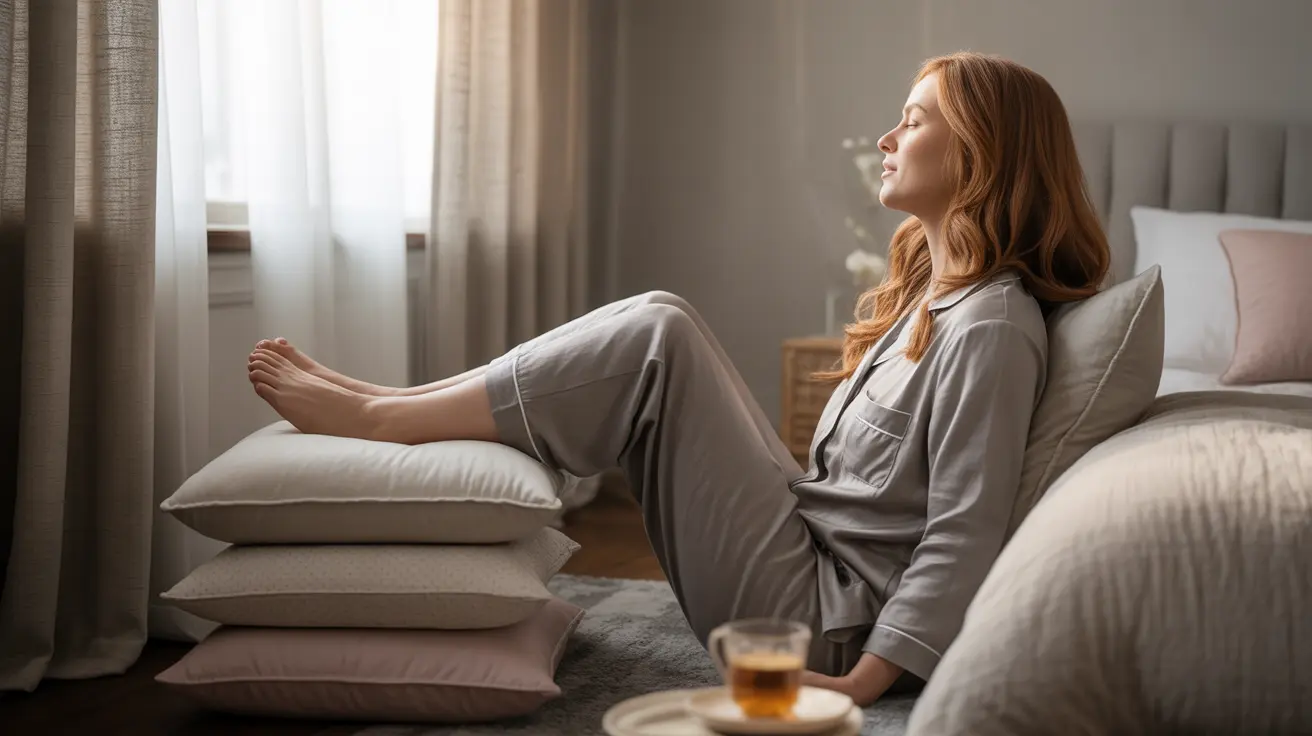Experiencing throbbing bunion pain at night can be a frustrating and sleep-disrupting condition that affects many individuals with bunions. This persistent discomfort can significantly impact your quality of life and make it challenging to get the rest you need. Understanding the causes and available treatment options is crucial for managing nighttime bunion pain effectively.
In this comprehensive guide, we'll explore the reasons behind nocturnal bunion pain and discuss various strategies for finding relief, from conservative treatments to medical interventions when necessary.
Understanding Nighttime Bunion Pain
Bunion pain often intensifies at night due to several factors, including fluid accumulation from daily activities, inflammation, and pressure from bedding. The throbbing sensation typically occurs because of increased blood flow to the affected area while trying to rest, making it particularly noticeable during quiet evening hours.
Common Causes of Nighttime Bunion Pain
Several factors can contribute to increased bunion discomfort during nighttime hours:
- Accumulated pressure from daily activities
- Poor footwear choices during the day
- Inflammatory responses
- Changes in circulation while lying down
- Pressure from blankets or sheets
Immediate Relief Strategies
When experiencing throbbing bunion pain at night, several immediate interventions can help provide relief:
Cold Therapy
Applying ice packs or cold compresses for 15-20 minutes before bed can help reduce inflammation and numb the area, potentially providing several hours of relief during sleep.
Elevation Techniques
Elevating your feet above heart level using pillows can help reduce swelling and minimize nighttime discomfort. This position promotes better circulation and fluid drainage.
Conservative Treatment Approaches
Several non-surgical options can effectively manage bunion pain:
- Orthotic devices and toe spacers
- Bunion pads or cushions
- Proper footwear selection
- Gentle stretching exercises
- Over-the-counter pain medications
Prevention and Long-term Management
Implementing preventive measures can help reduce the frequency and severity of nighttime bunion pain:
- Choose appropriate footwear with adequate toe room
- Maintain a healthy weight
- Perform regular foot exercises
- Use protective padding during daily activities
- Monitor and modify activities that aggravate symptoms
When to Seek Medical Attention
If conservative treatments aren't providing adequate relief, it's important to consult a healthcare provider, particularly if:
- Pain becomes severe or persistent
- Daily activities are significantly affected
- Traditional relief methods stop working
- Signs of infection develop
- Movement becomes restricted
Frequently Asked Questions
What causes throbbing bunion pain at night, and how can it be managed? Throbbing bunion pain at night is often caused by inflammation, fluid accumulation, and increased blood flow to the affected area while resting. It can be managed through elevation, cold therapy, proper footwear, and pain-relieving medications.
What are effective non-surgical treatments for severe bunion pain that occurs at night? Effective non-surgical treatments include orthotic devices, bunion pads, cold therapy, elevation, proper footwear, and over-the-counter anti-inflammatory medications. Physical therapy exercises and night splints can also provide relief.
How can I prevent bunion pain from disrupting my sleep, and what are some nighttime relief strategies? To prevent sleep disruption, elevate your feet, use cold therapy before bed, wear comfortable night splints, and ensure bedding doesn't put pressure on the bunion. Creating a proper sleeping environment with supportive pillows can also help.
Is surgery a necessary option for treating bunion pain, or are there other medical treatments available? Surgery isn't always necessary for bunion pain. Many people find relief through conservative treatments. However, if pain severely impacts daily life and conservative measures fail, surgical intervention might be recommended after careful evaluation.
What lifestyle changes can help reduce bunion pain and prevent it from worsening over time? Key lifestyle changes include wearing properly fitting shoes with adequate toe room, maintaining a healthy weight, performing regular foot exercises, avoiding high heels, and using protective padding when needed. Regular foot care and monitoring symptoms can help prevent progression.




